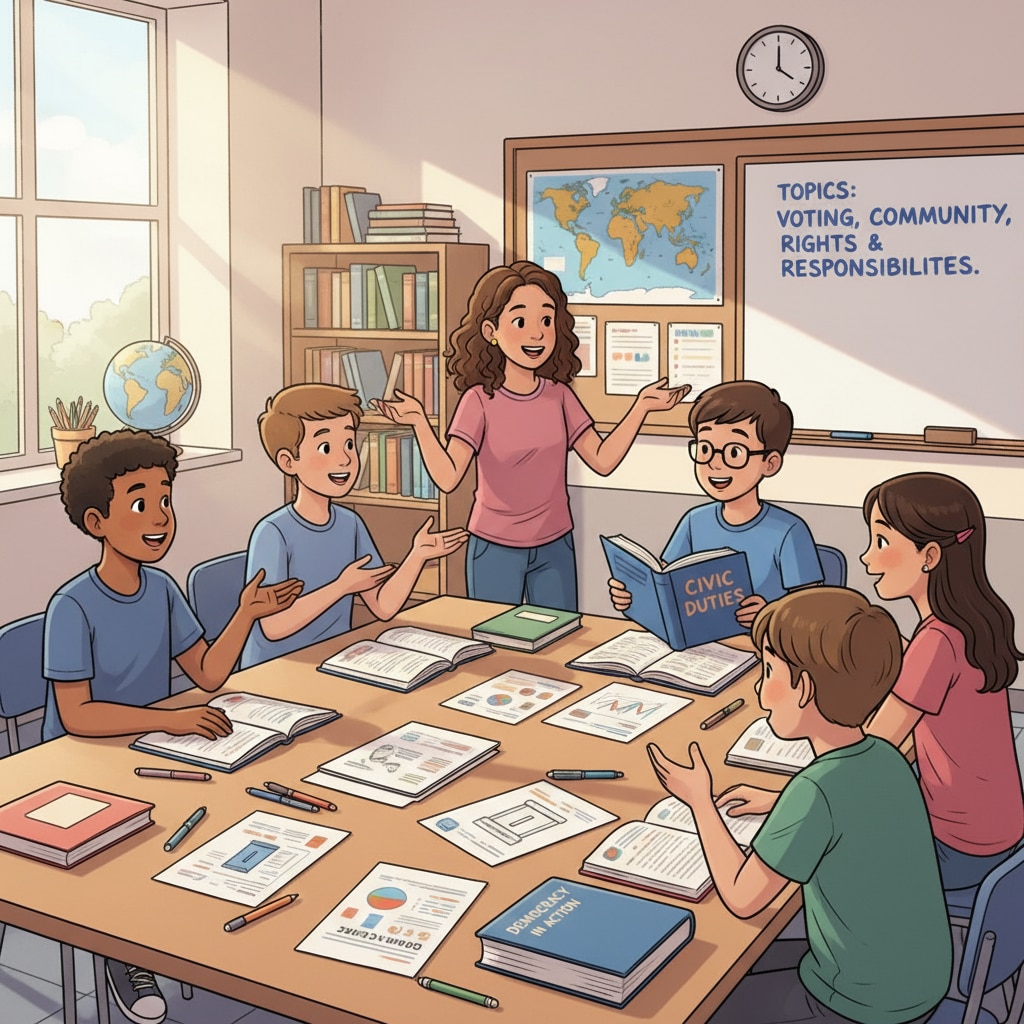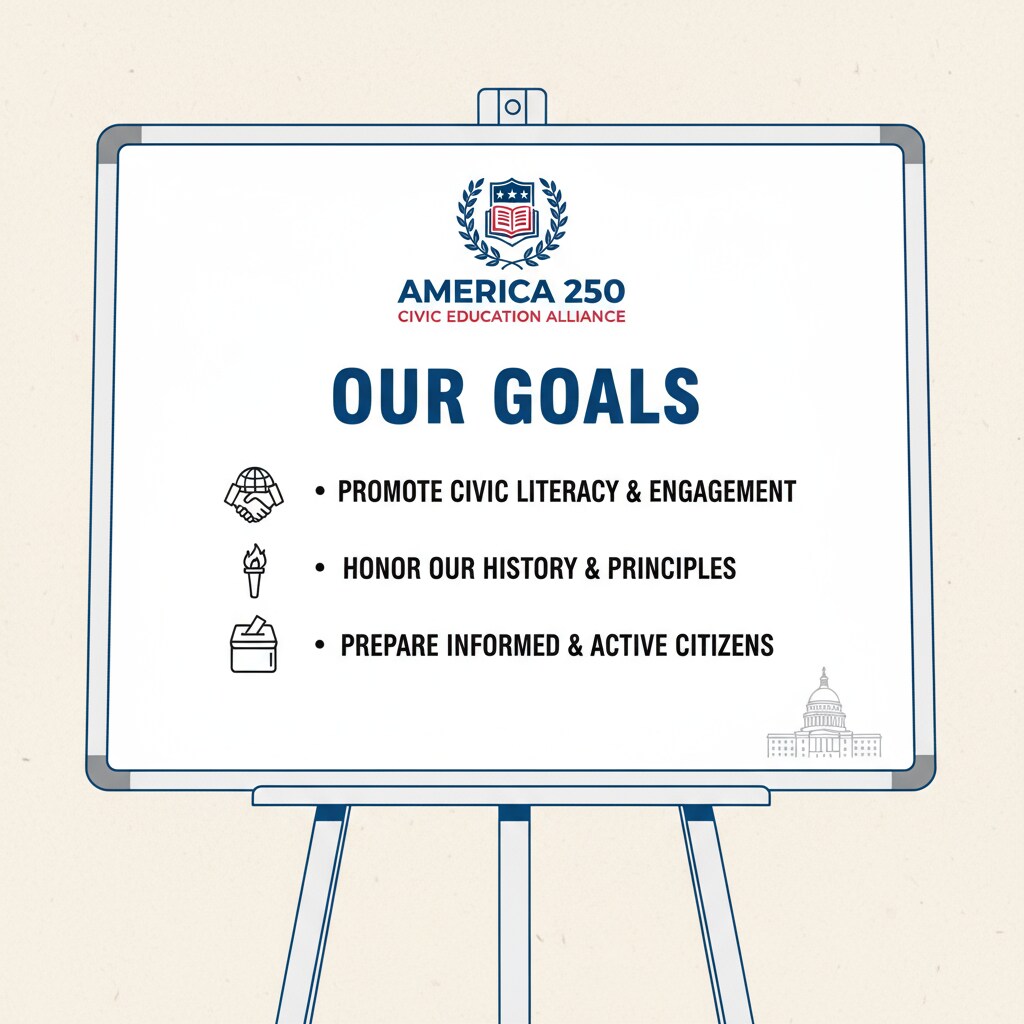The collaboration between the US Department of Education and conservative organizations to form the America 250 Civic Education Alliance has sent shockwaves through the education community. This initiative has sparked concerns about the intrusion of political ideology into K12 education, threatening the neutrality of education and the cultivation of diverse values.

As we delve deeper into this issue, it becomes evident that the implications are far-reaching.
The Genesis of the Alliance
The America 250 Civic Education Alliance was born out of a joint effort between the US Department of Education and certain conservative organizations. The aim, as presented, was to enhance civic education among students in the K12 system. However, critics worry that this might be a guise for pushing a particular political agenda. According to Wikipedia’s entry on Civic Education, civic education should be a balanced and unbiased approach to teaching students about their rights and responsibilities as citizens. But with the involvement of conservative groups, there are fears that the education provided might lean towards a specific ideological stance.

Threats to Educational Neutrality
The main concern is the potential threat to educational neutrality. K12 education is supposed to be a space where students are exposed to a wide range of ideas and values. When political ideology seeps into the curriculum, it can limit students’ perspectives. For example, if the civic education materials are designed with a conservative slant, students may not be exposed to other viewpoints. As stated in Britannica’s article on Education, a diverse and neutral educational environment is crucial for the development of critical thinking skills in students. The America 250 Civic Education Alliance’s influence could disrupt this balance.
Another aspect is the impact on the teaching profession. Teachers may face pressure to teach according to the ideology promoted by the alliance. This could lead to self-censorship among educators, affecting the quality and authenticity of the education provided. In addition, it might discourage teachers from exploring controversial but important topics in the classroom.
Readability guidance: Here we see how the alliance can have a negative impact on educational neutrality through different aspects. The use of examples and external references helps to clarify the points. Transition words like “for example” and “in addition” are used to connect ideas.
The Future of Civic Education
The future of civic education in the US hangs in the balance. If the America 250 Civic Education Alliance continues to operate without proper checks and balances, it could set a dangerous precedent. There is a need for a more inclusive and democratic approach to civic education. This could involve input from a wide range of stakeholders, including educators, parents, and students themselves. By ensuring that multiple voices are heard, we can safeguard the neutrality and integrity of civic education in the K12 system.
In conclusion, the US Department of Education’s partnership with conservative organizations in the America 250 Civic Education Alliance has raised valid concerns. It is essential that we address these issues to protect the quality and neutrality of education for future generations. The focus should be on creating a civic education system that fosters informed, engaged, and open-minded citizens.


